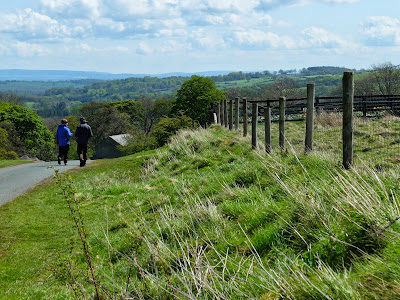To understand the makings of a museum environment and the behind-the-scenes experience, I undertook a day of volunteering at the Yorkshire Museum in the centre of York. For most of the day, I was based in the Roman Gallery interacting with members of the public, conducting a survey about how the displays and the overall presentation could be improved. As I progressed through the day of listening to the same video over and over again, I actually had some very pleasant conversations with people, who enjoyed their experience of the Museum and its beautiful surroundings. However, as you can imagine, on a sunny Friday, it was pretty quiet. Kids soon emerged and dictated where the adults went, so that was fun and loud. At about 3pm, the Curator of Archaeology, Natalie McCaul, saved me from standing up any longer and asked me to do some research for a teaching programme, on an Iron Age bronze and copper alloy horned God, quite possibly Brigantia, the Goddess of the tribe Brigantes who was situated in the North of England.
 |
| Replica of a Roman mosaic floor in the gallery (photo by author) |
It was interesting to see how other forms of communication in interpreting archaeology and heritage are incorporated into the format of a museum. From experience, museums can have too much information to take in and you can feel a bit lost as its content has to appeal to multiple audiences. You normally have to visit a few more times to feel that you have covered the whole spectrum of its information. But the Yorkshire Museum's multisensory and interactive content is engaging and well done. So much so that I went back again the next day as a visitor!
In relation to my app, its content will be minimal in comparison to that of a museum. Being an audio guide also will enhance the user's engagement and be more of a tactile experience with the surroundings. I appreciate the work that museums do and was grateful for my time there. It's made me realize that heritage interpretation is varied and is being developed constantly to satisfy the user's participation.









.JPG)






